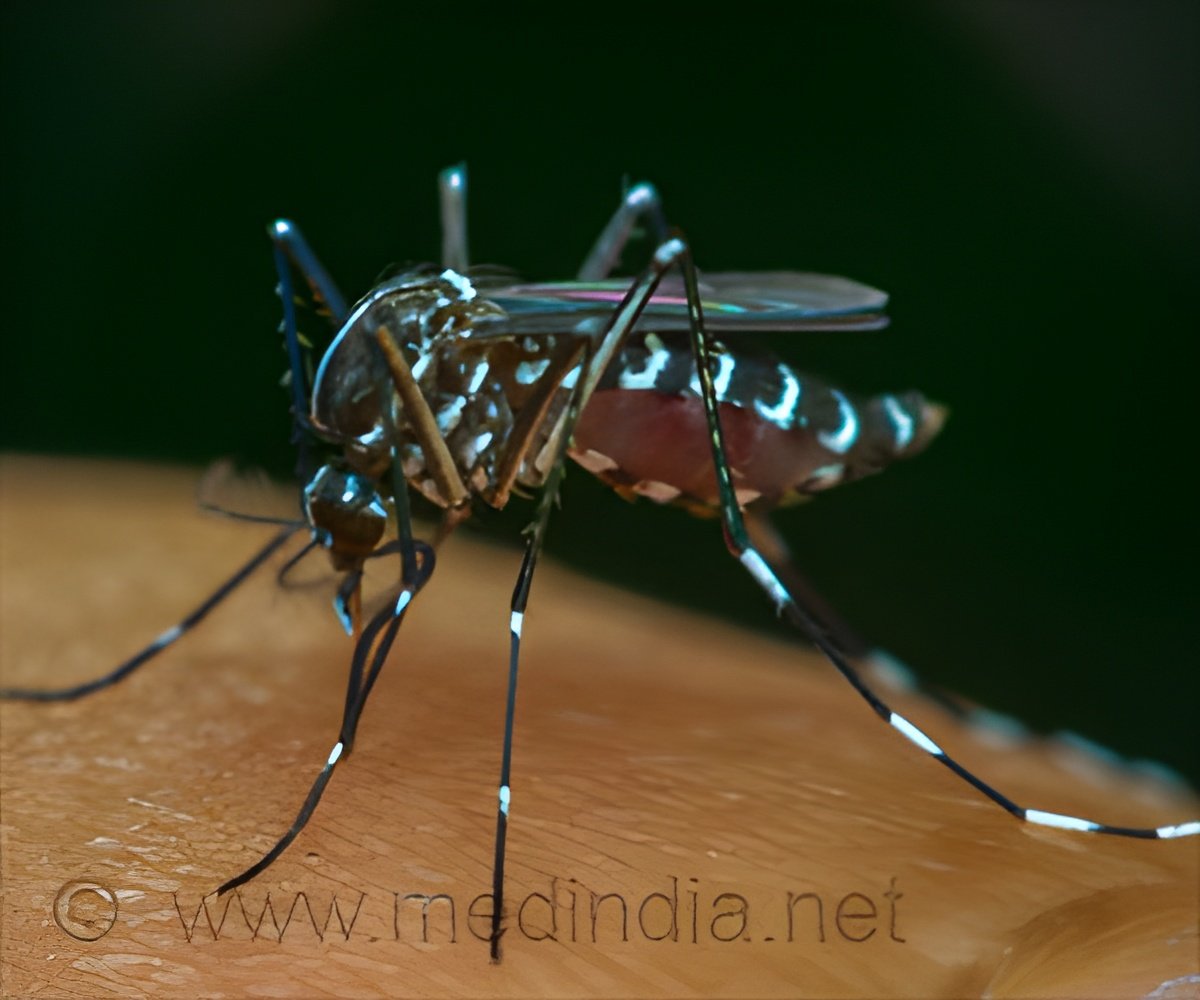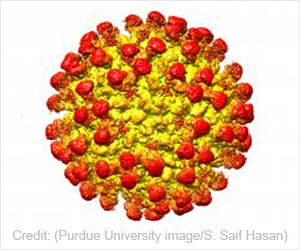Research offers key insights for developing targeted therapies to block Zika transmission and prevent birth defects.

Zika virus NS1 drives tunneling nanotube formation for mitochondrial transfer and stealth transmission in trophoblasts
Go to source). Zika virus, a mosquito-borne pathogen, is known to cause neurological disorders, birth defects, and pregnancy loss. However, until now, the precise mechanism by which it crosses the placenta was unclear.
‘Can the #placenta protect against #Zika, or does it become a pathway for infection? Unraveling this could be key to preventing #birthdefects.’





NS1 Protein Facilitates Viral Spread in Placenta
The research team discovered that the Zika virus creates tunneling nanotubes—tiny cellular tunnels that allow viral particles to move between neighboring cells undetected. They identified that a viral protein, NS1, plays a key role in triggering the formation of these tunnels, enabling the virus to spread more efficiently."Exposure of placental cells to the NS1 protein of Zika virus triggers tunnel formation. As the tunnels develop and connect neighboring cells, a path opens for the virus to invade new cells," said Dr. Rafael T. Michita, postdoctoral research associate at Baylor College of Medicine.
The study, published in Nature Communications, also revealed that these tunnels transport not just viral particles, but also RNA, proteins, and mitochondria—the cell's energy source. This may help infected cells survive longer and evade the immune system, giving Zika a strategic advantage in sustaining infection.
Interestingly, while other viruses like HIV, herpes, influenza A, and SARS-CoV-2 also use similar tunneling mechanisms, Zika is the first in its family—including dengue and West Nile viruses—to exhibit this behavior in placental cells.
Reference:
- Zika virus NS1 drives tunneling nanotube formation for mitochondrial transfer and stealth transmission in trophoblasts - (https://www.nature.com/articles/s41467-025-56927-2)
Source-Medindia












